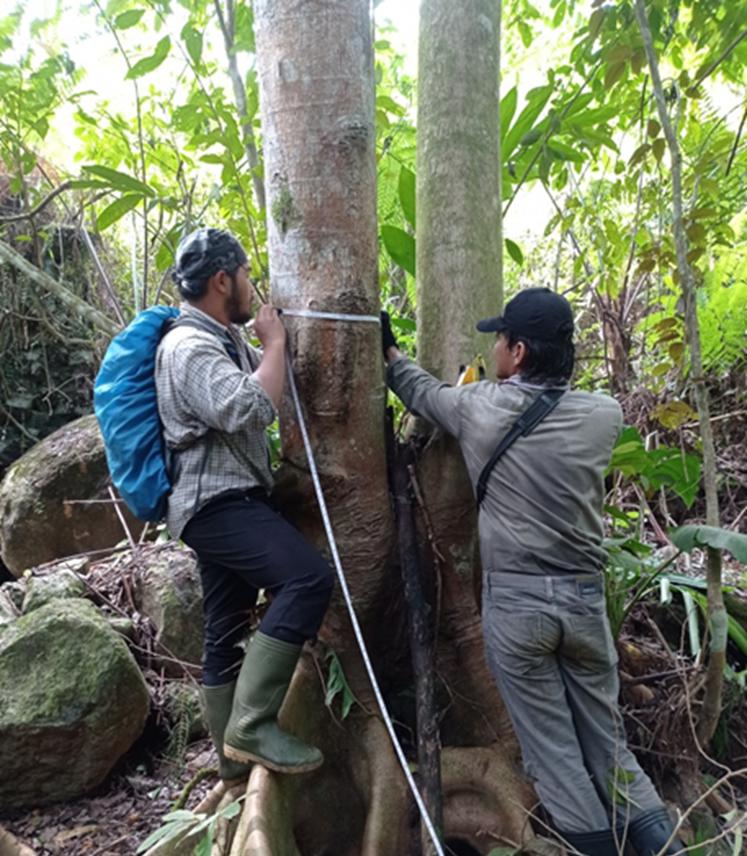Kurnia Ilham
Other projects
4 Dec 2024
Coconut and Conflict: Promoting Coexistence Between Farmers and the Endemic Simeulue Long-Tailed Macaque (Macaca Fascicularis Fusca) in Aceh, Indonesia
In developing country such as Indonesia, where half of the population depend their lives on agriculture practice, crop depredation through feeding or trampling by wildlife animals becomes a serious problem. The economic loss and social cost incurred due to crop-foraging wild animals has created situation where farmer becomes aggressive by injuring or killing them as retaliation and it’s having significant effect on conservation goal. A number of deterrent methods have been used, but it’s less effective because farmers did not detect the pattern of crop feeding animals completely and underestimate crop-foraging activity or extent of crop damage caused by them.

Set up line transect and monitor forest and crops food availability.
Numbers of studies have suggested that both forest and cultivated food availability are the crucial factors determined the frequency and timing of crop-foraging wild animals. In addition, the patterns of crop-foraging also associate with the harvesting of specific crops, where animals attracted to nutrient quality and palatability of crop-foods. To date, this possibility has been rarely tested. Predicting pattern of crop-foraging wild animals is crucial information in developing appropriate mitigation strategies.
The aim of this study is investigating the temporal pattern of crop-foraging long-tailed macaque in West Sumatra. The long-tailed macaque (Macaca fascicularis) is one of the most problematic animals in agricultural area in Indonesia. Crop damage or crop losses caused by this monkey are substantially high. For these reasons long-tailed macaque are generally less tolerated than other crop-raiding species. Conflict mitigation against this monkey is often failed, because detail information on their crop-foraging behaviour remains poorly understood. Correctly identify when, how and which crops are taken by this animal is urgently needed to develop appropriate crop protections strategies.
Therefore, in this study we first examine temporal variation in forest and crop food availability and its influence on crop-foraging pattern; second we examine crop preference and its nutritional status in comparing to forest foods; third we identify local methods used and evaluate the effectiveness. Information generated by this study will be used to help farmer in reducing crop loss and designing an effective crop-protection methods.
Header: Interview survey to understand the extent of macaque crop-foraging in Padang West Sumatra.